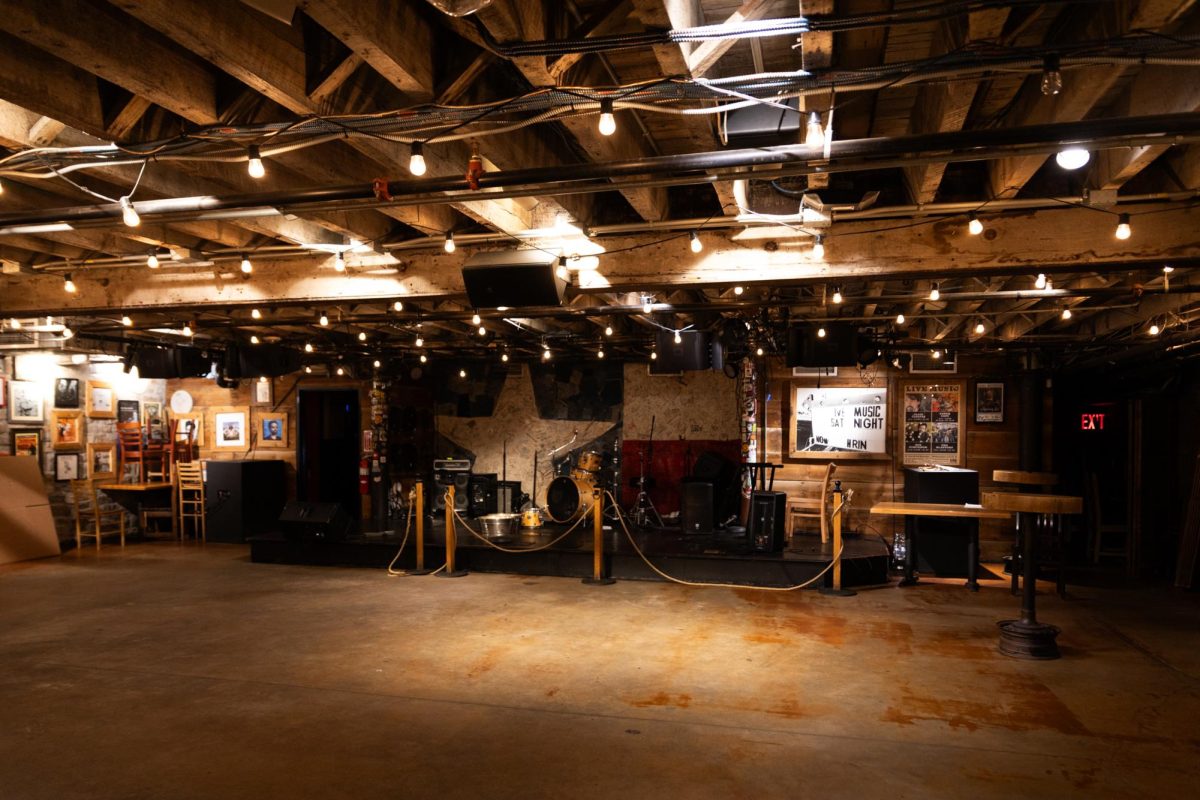April 14
Jack Morton Auditorium
Presale tickets
$10 for students
$15 for general admission
Food will be served at 6 p.m., and the show will start at 7 p.m.
Cheers erupted as the bamboo poles stopped pounding into the ground and dancers ceased their quick-paced hops between them.
The dance, known as tinikling, is one of the 10 numbers in the Philippine Culture Society’s annual Culture Show Sunday at Jack Morton Auditorium, and it may be the hardest to master.
Participants practiced Sunday at the Mount Vernon Campus’ Hand Chapel, prompting applause from fellow group members as they made it through a perfect practice run.
“All the cultural and traditional dances performed really celebrate and provide a unique insight into a culture that I would otherwise have limited knowledge on,” freshman Emily Luu said. “The show does take a lot of hard work, but the cultural expansion and seeing all the hard work of how invested they are in retaining their traditions and culture really make it worth it.”
Traditional Filipino dances punctuate the Culture Show, weaving in and out of a student-written play about Filipino experiences with discrimination in the U.S. The Philippine Culture Society has organized the annual tradition for 13 years at GW, calling this year’s show “Tandaan XIII: Voiceless.”
“Voiceless,” written by the organization’s cultural affairs coordinators junior Maxine Tagay and sophomore Suty Komsonkeo, follows the challenges a Filipina nurse faces working in an American hospital and showcases key elements of the Filipino culture along the character’s journey.
Tagay said the storyline was inspired by a discrimination case against Filipinos in California.
The student organization’s executive board brainstormed plot ideas over the summer and continued to write and edit the script during the fall semester and winter break. Tagay said the script aims to illustrate important aspects of Filipino culture in a modern context.
“We also tried to capture the struggles of a young, immigrant Filipina nurse as she tries to keep in contact with her family back home but live out her life here in America,” Tagay added.
The Filipino dances, interspersed throughout the play, feature traditional music and authentic costumes, some handmade by students and some lent by the Embassy of the Philippines.
Each dance reflects the mood shown in the previous scene. Some of the show’s music is produced by the students on various drums, gongs and other traditional instruments such as the kulintang, a percussion instrument made from pot gongs which are is with wooden sticks.
“If there’s a fight that goes on in the play, it’s going to be a more passionate, intense dance. If it’s a happy scene, we’re going to do a rural dance where everyone is smiling and laughing,” Tagay said.
The dances display the five traditional suites of Filipino folk dance. Each routine draws from varying global cultures and regions: The Maria Clara Suite is inspired by Spanish roots, while the Igorot Suite comes from the Philippine’s mountain regions.
“I would say that the choreography, for both the modern and from what I’ve observed of the cultural, certainly takes some practice to perfect,” Luu said. “In terms of the modern dance, working with student-created choreography is a lot more fun…you are given a lot more freedom to express your own style.”






